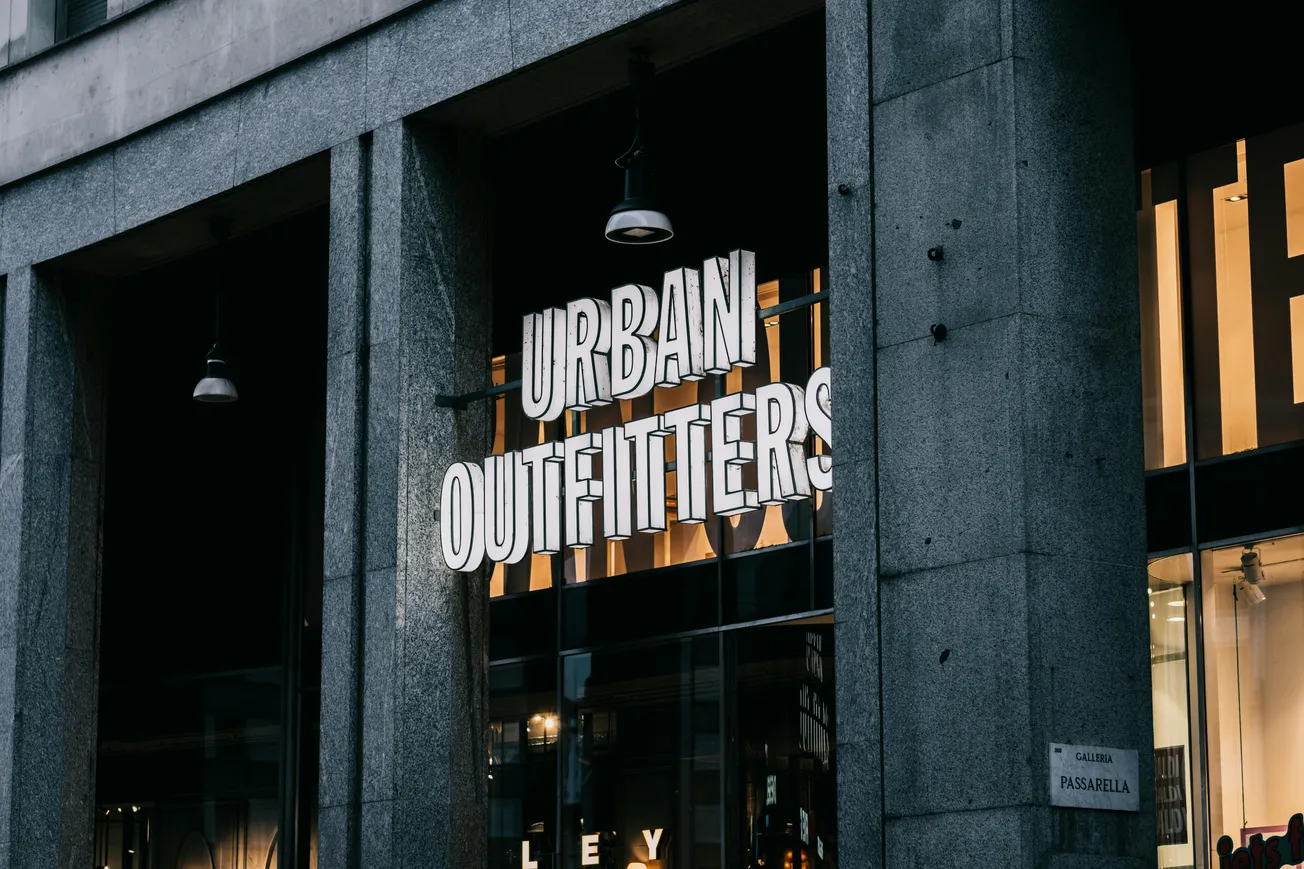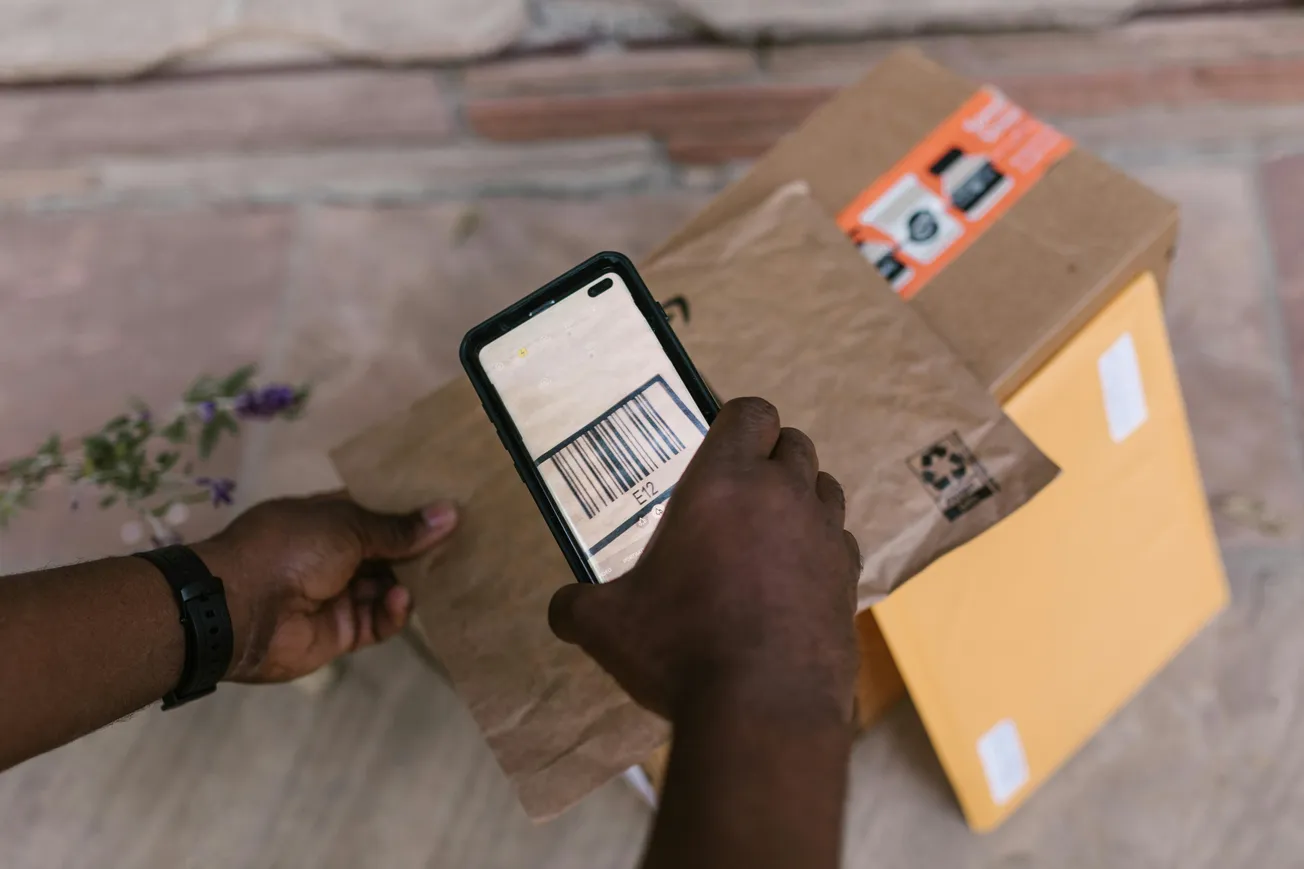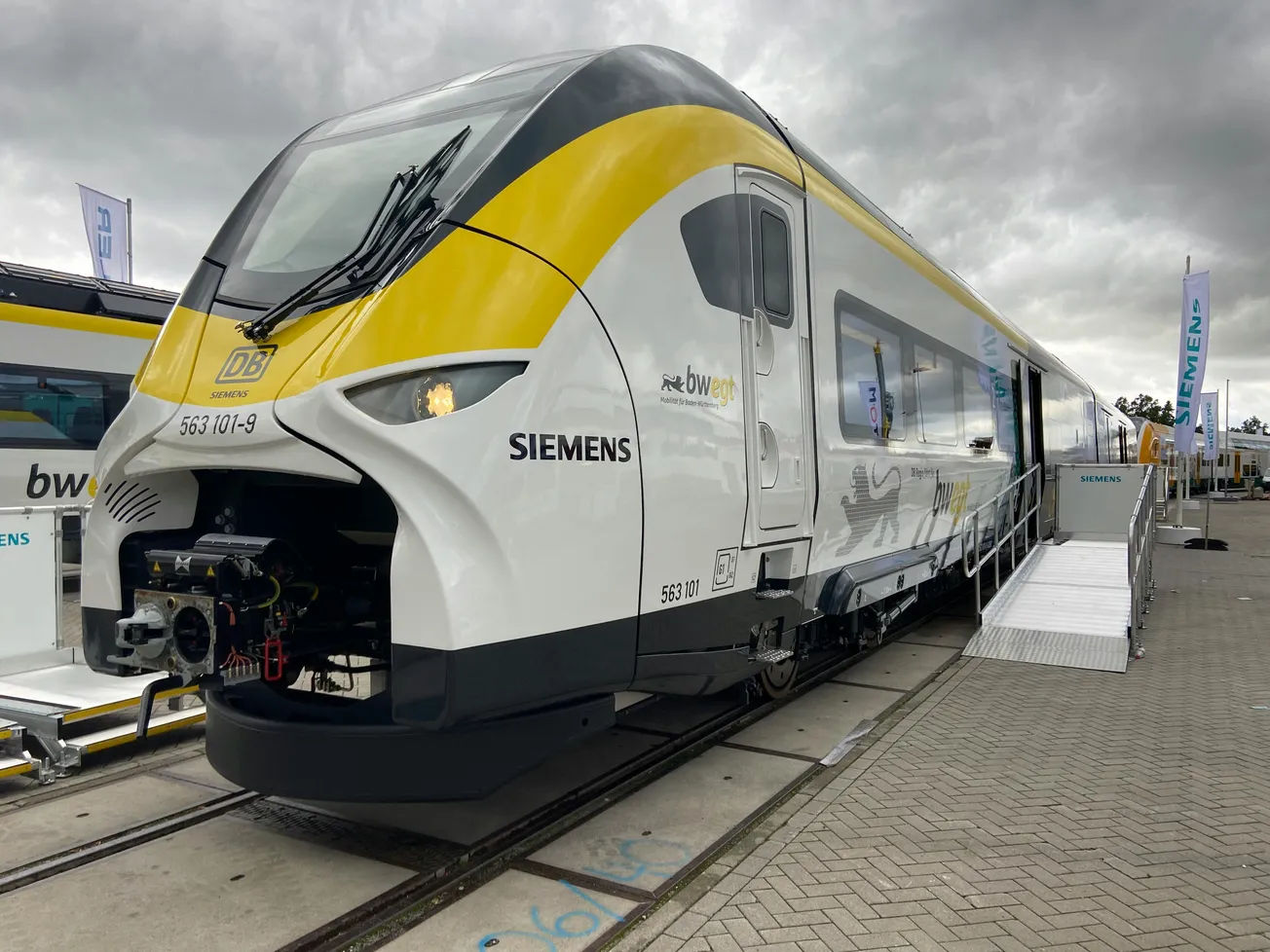Edible Brands, the parent company of Edible Arrangements and Rōti, is redefining the role of physical stores in a delivery-dominated market. By treating their brick-and-mortar locations as sophisticated fulfillment centers and optimizing them for both digital orders and in-person experiences, the company is carving out a unique niche.
Strategic Site Selection
Matthew Walls, President and Chief Stores Officer at Edible Brands, said he views Edible Arrangements stores as extensions of an e-commerce operation, where approximately 80% of transactions occur digitally and are delivered.
The remaining 20% of the business, which includes walk-in and pickup orders, requires careful consideration. Site selection for Edible Arrangements involves a blend of analytics, AI, and psychographics to identify locations that are not only convenient for customers but also offer excellent access to delivery routes.
Factors like visibility, traffic flow, and proximity to high-transaction co-tenants are crucial.
For the Rōti chain, the focus shifts to capturing lunchtime traffic from office buildings, particularly in central business districts. However, Edible Brands is also observing a growing trend in suburban centers where afternoon and evening business provides a significant boost, indicating potential for broader expansion beyond urban cores.
Optimizing the In-Store Experience
Beyond location, store design plays a pivotal role. The next-generation Edible Arrangements stores feature updated aesthetics with lighter woods, focused lighting, and modern graphics to better showcase their diverse offerings, including smoothies, cheesecakes, and cookies.
Operational flow is also paramount, especially concerning third-party delivery drivers. New Rōti locations are designed with dedicated access points near the point-of-sale system to prevent delivery personnel from disrupting the dining area or customer queues.
This focus on flow and friction reduction extends to the back-of-house, ensuring team members have adequate spaces to perform their best, ultimately enhancing the guest experience.
Community Integration Through Design
Edible Brands also recognizes the value of integrating local essence into store designs. This goes beyond superficial branding, aiming to incorporate elements that resonate with the specific community.
For example, the Rōti location in Chicago's Lincoln Park features a bright, glass-heavy design with Mediterranean tiles to guide customers, while other urban locations might utilize steel and polished concrete for a more contemporary feel.
This adaptable design approach allows for creative expression within a consistent operational framework.








